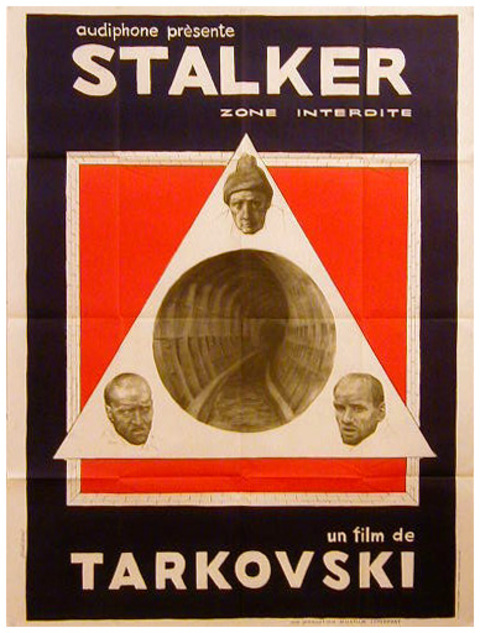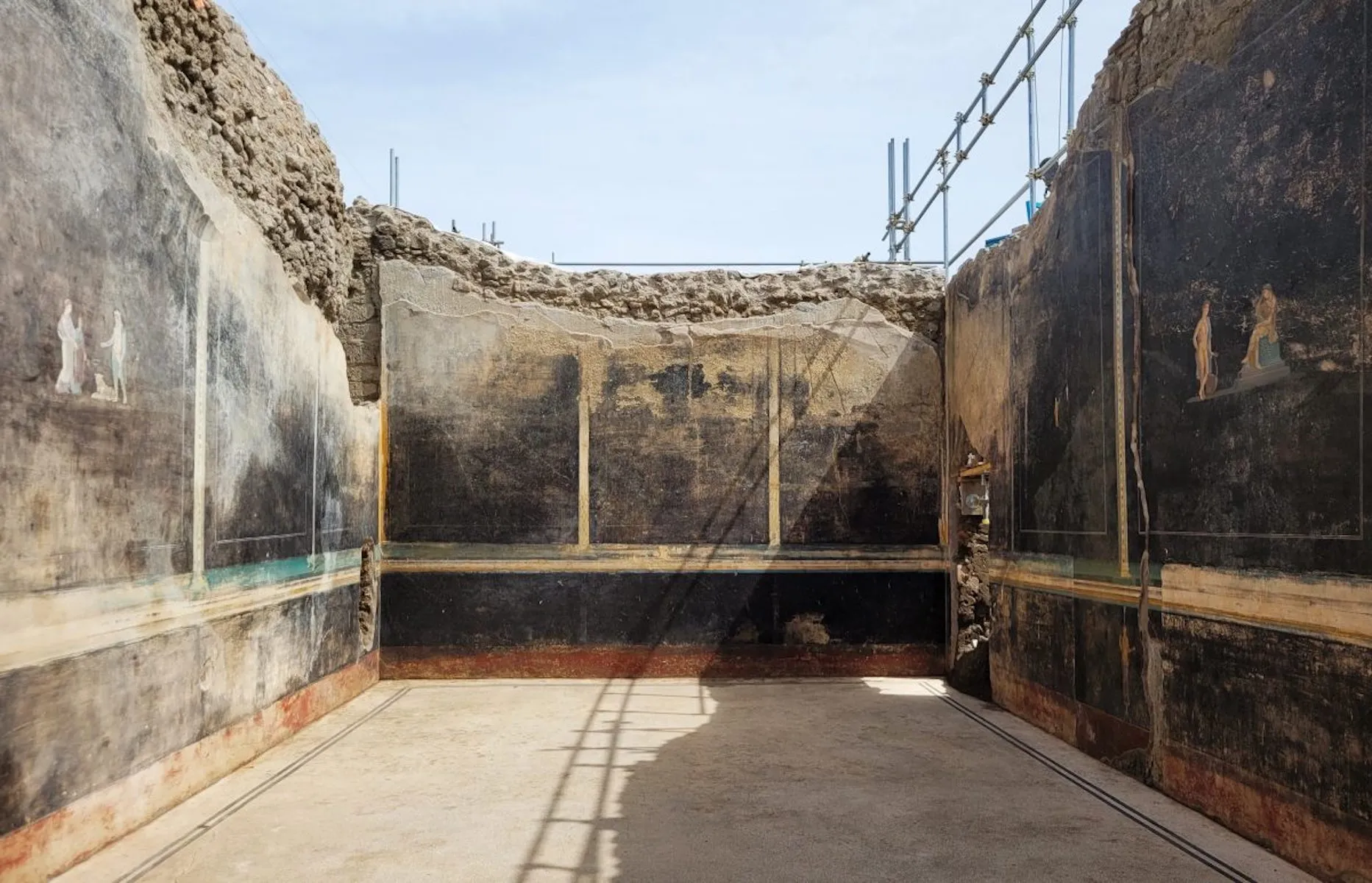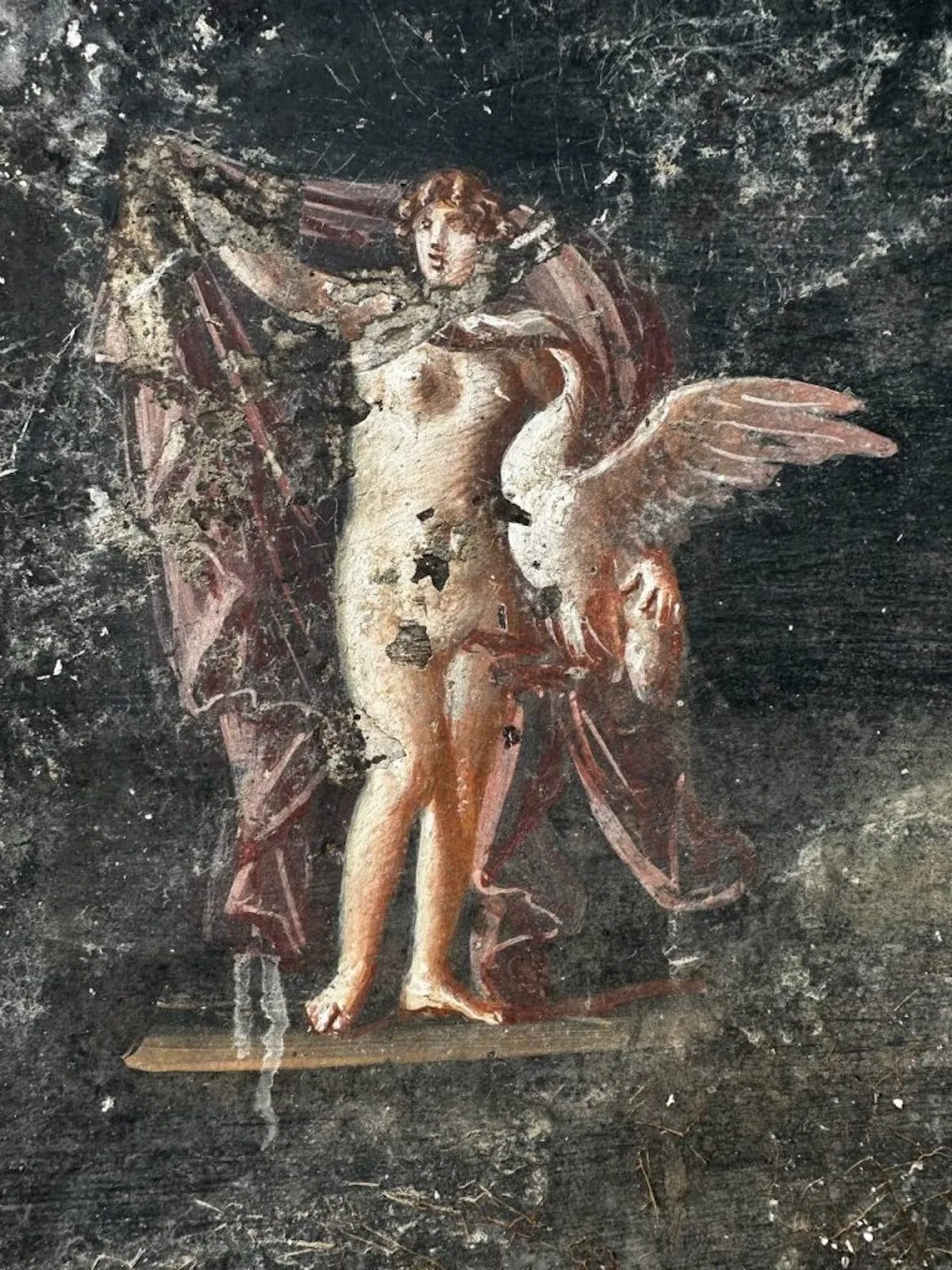Flannery O’Connor was a Southern writer who, as Joyce Carol Oates once said, had less in common with Faulkner than with Kafka and Kierkegaard. Isolated by poor health and consumed by her fervent Catholic faith, O’Connor created works of moral fiction that, according to Oates, “were not refined New Yorker stories of the era in which nothing happens except inside the characters’ minds, but stories in which something happens of irreversible magnitude, often death by violent means.”
In imagining those events of irreversible magnitude, O’Connor could sometimes seem outlandish–even cartoonish–but she strongly rejected the notion that her perceptions of 20th century life were distorted. “Writers who see by the light of their Christian faith will have, in these times, the sharpest eye for the grotesque, for the perverse, and for the unacceptable,” O’Connor said. “To the hard of hearing you shout, and for the almost-blind you draw large and startling figures.”
In April of 1959–five years before her death at the age of 39 from lupus–O’Connor ventured away from her secluded family farm in Milledgeville, Georgia, to give a reading at Vanderbilt University. She read one of her most famous and unsettling stories, “A Good Man is Hard to Find.” The audio, accessible above, is one of two known recordings of the author reading that story. In her distinctive Georgian drawl, O’Connor tells the story of a fateful family trip:
The grandmother didn’t want to go to Florida. She wanted to visit some of her connections in east Tennessee and she was seizing at every chance to change Bailey’s mind. Bailey was the son she lived with, her only boy. He was sitting on the edge of his chair at the table, bent over the orange sports section of the Journal. “Now look here, Bailey,” she said, “see here, read this,” and she stood with one hand on her thin hip and the other rattling the newspaper at his bald head. “Here this fellow that calls himself The Misfit is aloose from the Federal Pen and headed toward Florida and you read here what it says he did to these people. Just you read it. I wouldn’t take my children in any direction with a criminal like that aloose in it. I couldn’t answer to my conscience if I did.”
After you listen to this rare track, you can follow this link to a recording of O’Connor reading her 1960 essay, “Some Aspects of the Grotesque in Southern Fiction,” in which she writes: “I have found that anything that comes out of the South is going to be called grotesque by the Northern reader, unless it is grotesque, in which case it is going to be called realistic.”
Related Content:
Flannery O’Connor Reads ‘Some Aspects of the Grotesque in Southern Fiction’ (c. 1960)
Flannery O’Connor’s “Everything That Rises Must Converge” Read by Estelle Parsons














